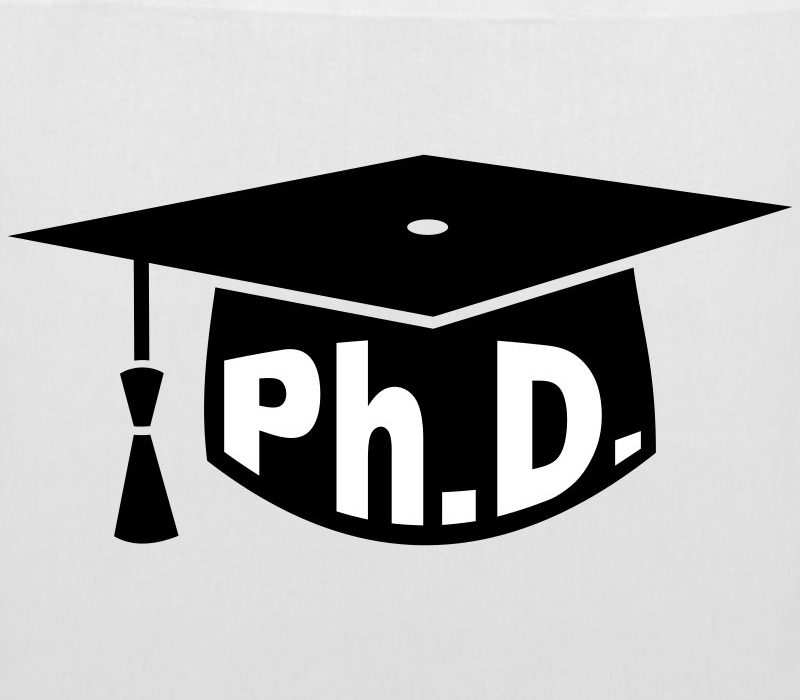Centro de Excelencia Severo Ochoa
Menú
Buscar

Aula de Audiovisuales
Infrared Divergences and Quantum Coherence (Raoul)
In theories with long-range forces like QED or perturbative gravity, only rates that include emitted soft radiation are non-vanishing. Independently of detector resolution, finite observables can only be obtained after integrating over the IR-component of this radiation. This integration can lead to some loss of quantum coherence. In this note, however, we argue that it should in general not lead to full decoherence. Based on unitarity, we suggest a way to define non-vanishing off-diagonal pieces of the IR-finite density matrix. For this IR-finite density matrix, we estimate the dependence of the loss of quantum coherence, i.e. of its purity, on the scattering kinematics.
The interpretation of LHC results on different SUSY models (Pablo)
We are coming to the end of RUN 2 of the LHC, and we already have very important exclusion limits in the masses of SUSY particles. However, one has to be careful with the interpretation of these results. In this talk I will give a brief introduction to two of the most popular SUSY scenarios, the MSSM and the NMSSM, and we will analyse two key aspects about the interpretation of LHC limits. On the one hand, these limits are given under the assumption of the so-called simplified scenarios, which typically assume a set of ideal conditions that lead to very enhanced, clean signals. On the other hand, LHC searches are usually optimized for the detection of signals in the MSSM, which means that other potential signatures could be unseen. With this in mind, we will analyse how much the SUSY limits could change when one does not make the above assumptions.
Social media